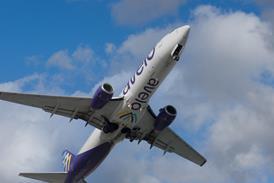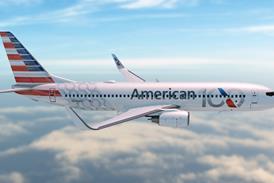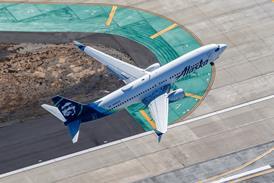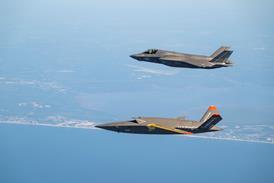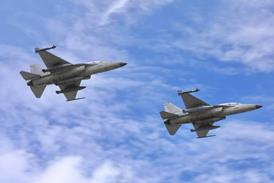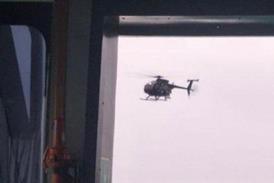The head of Boeing Defense, Space & Security is highly confident about the company’s ability to execute on the F-47 programme, a competition victory that reflects many years of investment and work.
“From my perspective the F-47 is transformational for Boeing, as the first sixth-generation fighter that will ever be produced,” says Steve Parker, interim president and chief executive at the unit.
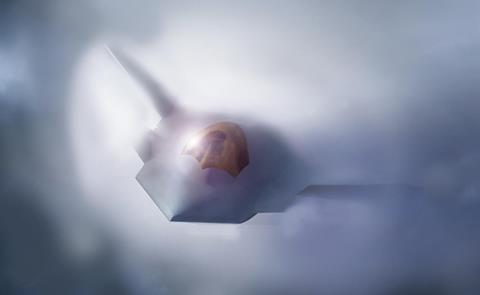
“What defines it for me is the investment we’ve made over a long period of time, over a decade-plus, in advanced materials, material sciences, advanced manufacturing, survivability, and lethality.”
In March, the White House announced that Boeing had won the US Air Force’s (USAF’s) Next Generation Air Dominance (NGAD) competition, setting the stage for an engineering and development programme that will be worth about $20 billion.
“I think we put in a superb offering, superior to the competition,” says Parker. “I couldn’t be prouder of the fact that we were selected.”
Parker discussed the F-47 during a recent interview with FlightGlobal in Singapore. While he is clearly enthusiastic about the programme, he would not be drawn on questions such as the prototype’s designation, or the number of test vehicles involved in the highly secretive flight test work – a Boeing test vehicle first flew in 2019.
Parker indicates that the victory benefited from Boeing’s long experience producing effective fighters, but also reflects Boeing’s focus on long-term operating and sustainment costs.
“I think that sets us apart from our competition, and we’ve done the same for F-47,” says Parker.
In 2024 Boeing also made the risky decision to invest about $2 billion in a classified combat aircraft production facility before the outcome of the NGAD competition was announced.
Parker says that now the contract award is in hand, the focus of Boeing is firmly on execution of the contract for the USAF.
Despite the high profile of the programme, little has been revealed about the aircraft itself, including its appearance. The jet is likely to be big, however, as the USAF has indicated that it will have a range in excess of 1,000nm (1,850km). The service aims to operate 185 examples, replacing the Lockheed Martin F-22.
Vague renderings might hint at the presence of canards, or possibly stealthy chines connected to the leading edges of the wings. A broad nose suggests space for a large radar array.

Boeing has experience with exotic stealth designs such as the Bird of Prey, a once top-secret stealth technology demonstrator from the 1990s that features a highly unconventional layout, including a dorsal intake behind the cockpit. Boeing’s X-45 unmanned aircraft also explored advanced designs.
It is not clear what influence – if any – such programmes have had on the F-47.
Despite the lack of information about the programme in the public sphere, however, Parker indicates that the F-47 programme has already made significant progress.
“Out of all my time working at Boeing, I’ve never seen us enter a contract with such a mature platform,” he says.
“We’re in a really good spot to execute this well for the US Air Force and get this capability out there.”

